From Blenheim to St Paul’s, the British Baroque movement gave us some of our most eye-catching buildings and interiors. We explore the legacy of this exciting era
No visitor to Blenheim Palace in the Oxfordshire Cotswolds can be in any doubt as to the heroic nature of its architecture and, by inference, the heroic stature of the owner for whom it was built: the 1st Duke of Marlborough, allied commander at the Battle of Blenheim (1704) during the War of the Spanish Succession. Conceived as a gift from Queen Anne and a grateful nation in celebration of his military success, the Baroque masterpiece is awesome in scale, triumphant with towers and patriotic sculpture. Sir John Vanbrugh, architect of the palace along with Nicholas Hawksmoor, fully admitted it was not simply intended as a private residence but as a “Royall and a National Monument”.
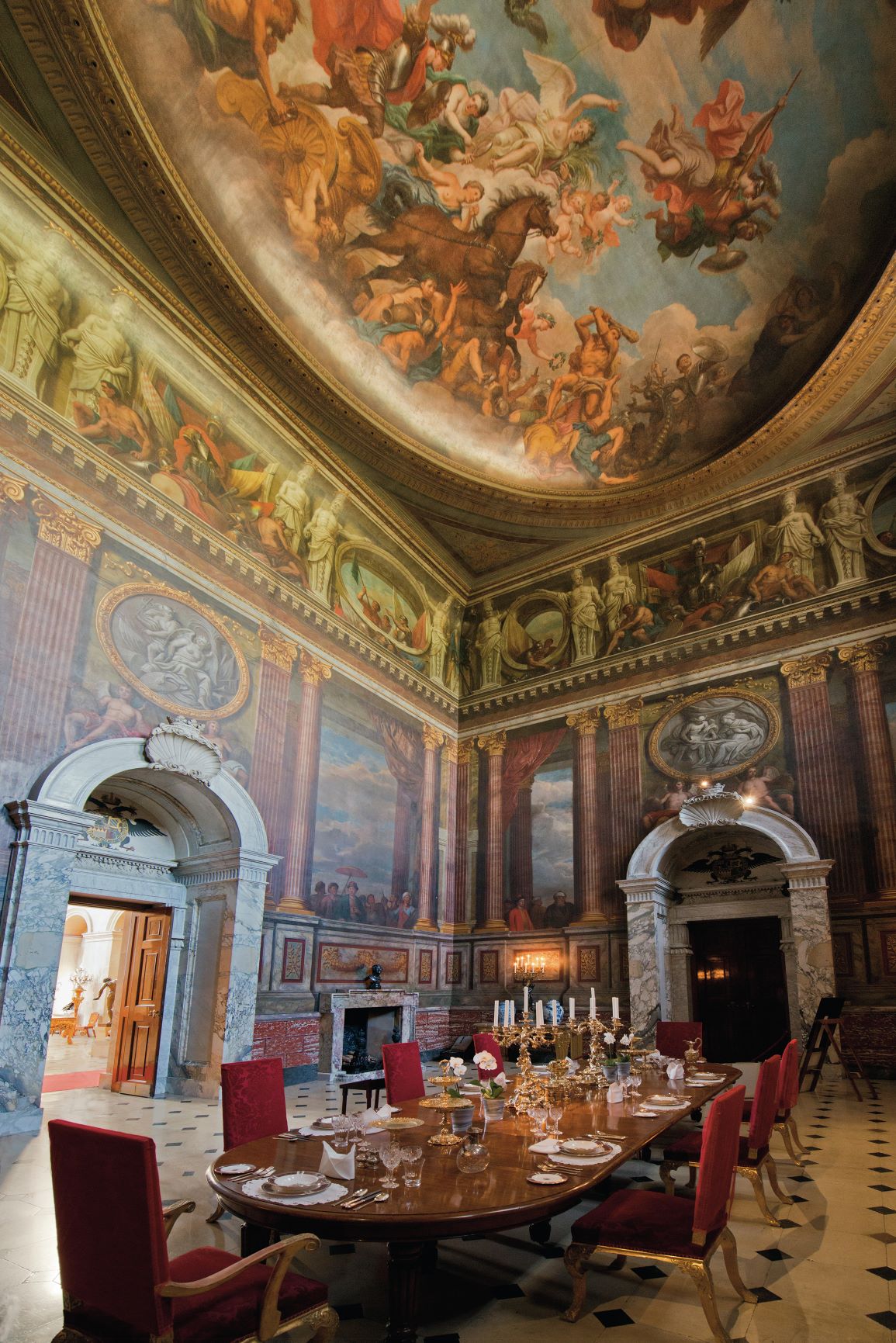
Originating in Rome, Baroque culture swept across Europe during the 17th century, colouring everything from building, painting and sculpture to theatre, music and literature. Characterised by dramatic exaggeration, dynamic movement and sensuous appeals to emotion, Baroque trumpeted glory and self-confidence. In Britain, where the most florid ostentations were toned down (a little!) in keeping with a classical reserve, a slightly more refined English Baroque prevailed.
For Charles II, restored to the throne in 1660 following the hiatus of the Commonwealth, the lush magnificence of Baroque art was the perfect vehicle for constructing a renewed vision of monarchy in all its idealised splendour. Sir Peter Lely’s rich, sensuous portraits of the king and various beauties of the Restoration court ooze status and power, and artists from Jacob Huysmans and Willem Wissing to Sir Godfrey Kneller worked similar Baroque magic on the images of royalty into the next century.
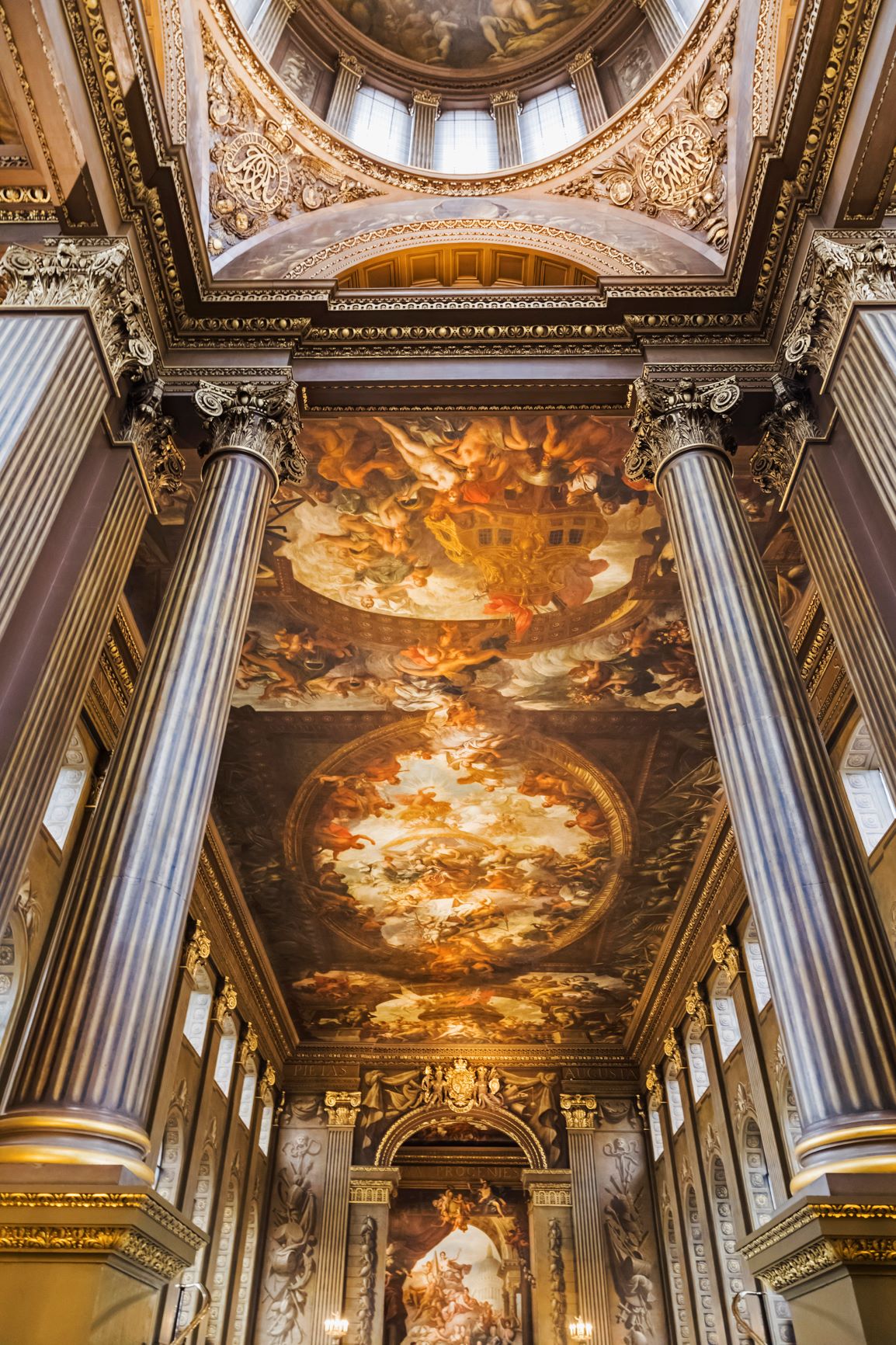
In architecture the Great Fire of London in 1666 precipitated new building, and Surveyor-General Sir Christopher Wren led the way as he replaced the city’s destroyed churches, overcoming structural difficulties with inventive ‘Baroque’ solutions involving distortions and adaptations.
Churches like St James’s, Piccadilly and St Stephen Walbrook were built as “auditories”, Wren explained: like small theatres with pews arranged so everyone was close enough to the action to hear the preaching. His domed masterpiece St Paul’s Cathedral didn’t turn out entirely as he originally wished due to some resistance to continental styles, but the showpiece west facade with its coupled Corinthian columns and pilasters, and richly decorated towers, is nonetheless strongly Baroque.
Domes, massive scale and vigorous ornamentation are all features of Baroque architecture, and Sir John Vanbrugh, unleashed at Castle Howard in North Yorkshire by the 3rd Earl of Carlisle, was a standout exponent. Following the Glorious Revolution of 1688 that ousted Catholic James II in favour of Protestant William III and Mary II, political power increasingly transferred from the court and monarchy to a new elite rising through party politics. The 3rd Earl, having gained various public and courtly posts, decided he needed a new home to match his burgeoning career and likely met Vanbrugh at the Kit-Cat Club: a gathering of largely Whig movers and shakers whose members became immortalised in portraits by Godfrey Kneller.
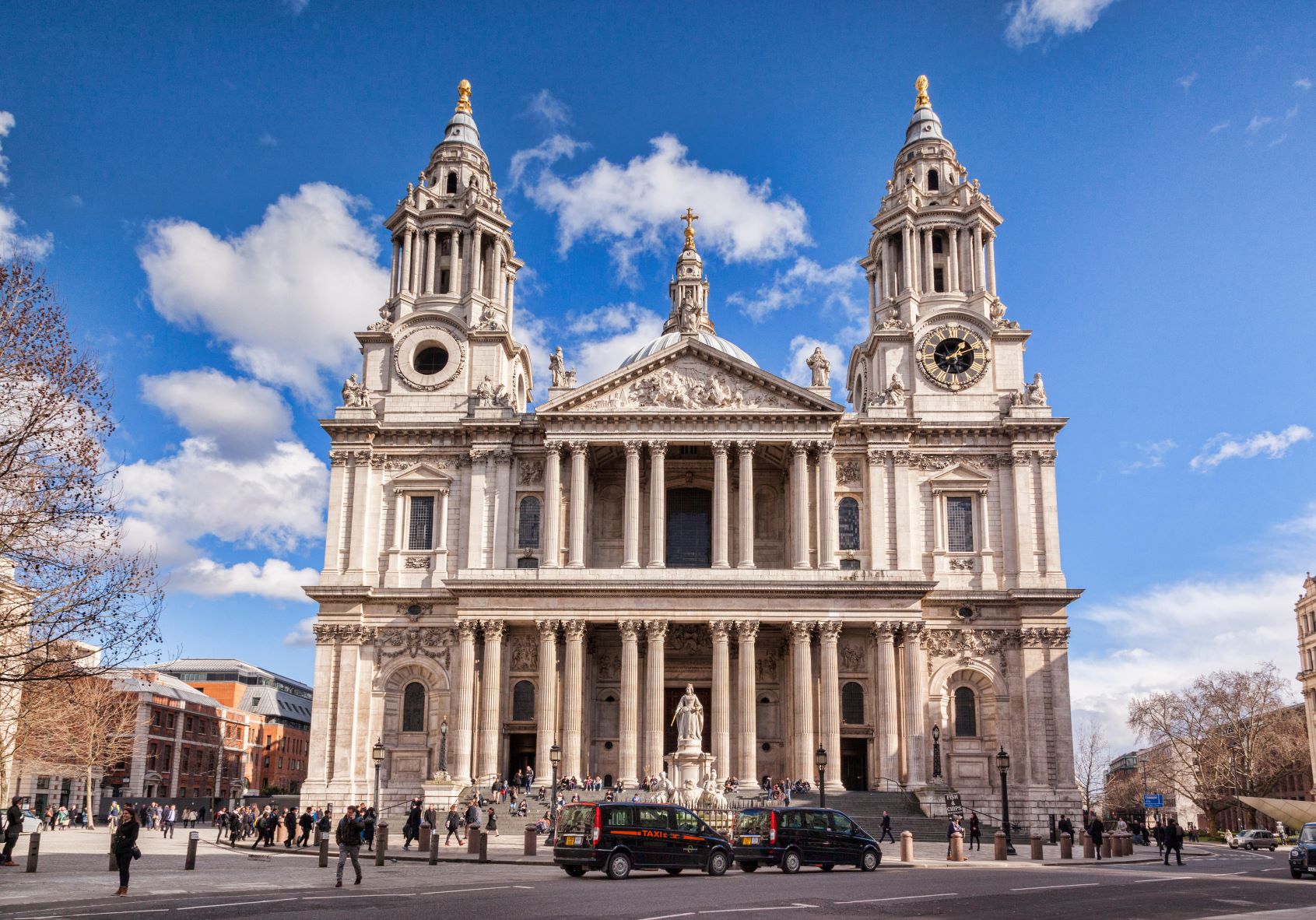
In 1699 Vanbrugh, a dilettante soldier and playwright, persuaded Carlisle that he could turn his hand to architecture too and, with technical and practical help from Nicholas Hawksmoor, designed Castle Howard bristling with carved decoration and crowned by a dramatic masonry dome – on the inside rising 70 feet above the Great Hall, itself a theatrical triumph of columns, frescos and space that drew the eye to a dizzying overhead painting by Antonio Pellegrini depicting the mythical fall of Phaeton from his father’s sun chariot.
The Vanbrugh-Hawksmoor collaboration of course also paid dividends at Blenheim Palace, considered by many to be the culmination of English Baroque architecture. But there are many stunning examples of Baroque, ranging from Chatsworth in Derbyshire to Petworth House in West Sussex and Hampton Court Palace.
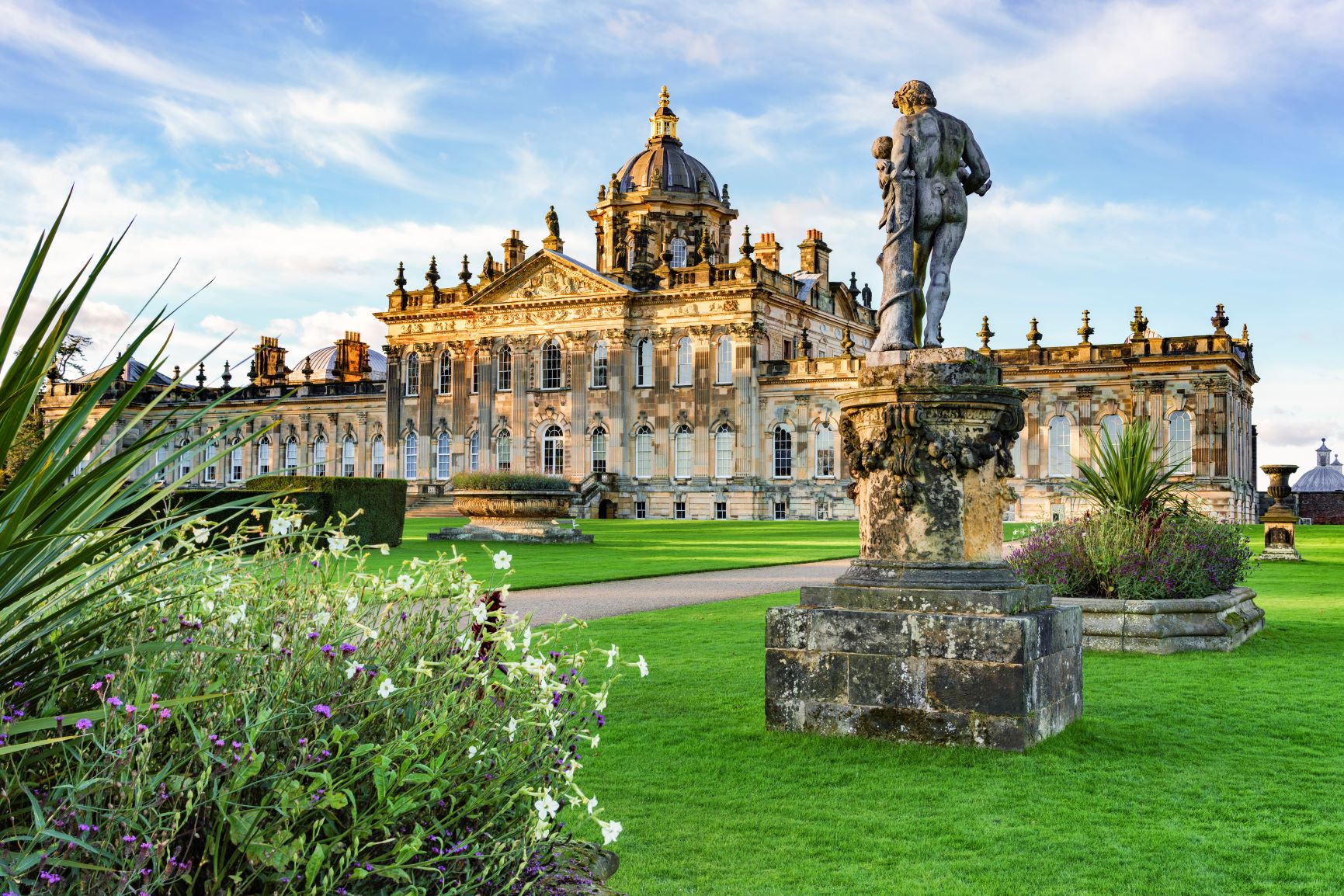
Splendid exteriors were matched by attention-grabbing interiors alive with opulent wall paintings full of allegory, emblems and classical references that glorified king, courtiers and stately home owners by aligning them (or their tastes) with cloud-dwelling deities and ancient or mythological heroes. Take a look, for example, at Louis Laguerre’s scenes from the life of Julius Caesar in the Painted Hall at Chatsworth; or Antonio Verrio’s exuberant vision of gods and goddesses in his masterpiece, The Heaven Room at Burghley in Lincolnshire – Verrio even depicted himself (minus wig, not wanting to over-heat) seated at the one-eyed Cyclops’s forge.
The 5th ‘collecting’ Earl of Exeter who commissioned the “impudent dogg” Verrio (they had many rows) transformed Burghley to be a showplace for his treasures, many brought back from Grand Tours of Europe from 1679 onwards.
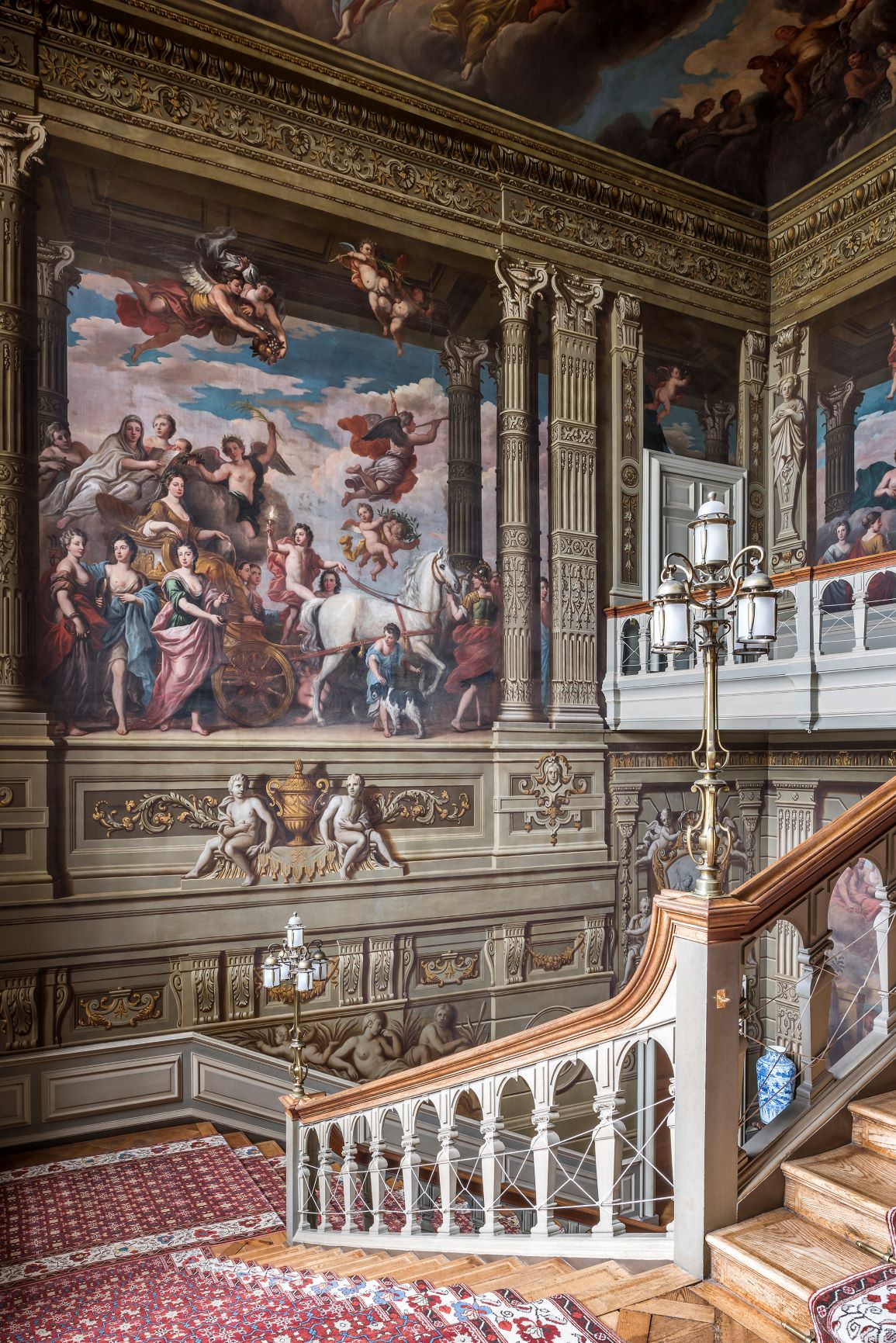
So, too, Petworth House, inspired by the Baroque palaces of Europe, was rebuilt by the 6th Duke of Somerset with grand staterooms to display his artistic tastes and influential connections: the eight portraits by Michael Dahl and Kneller of aristocratic cousins and friends of the Duke and Duchess, hung in Petworth’s Beauty Room from the 1690s, were a major draw for guests. Full-length mirrors set between the paintings gave diners the illusion of seeing themselves ‘mingling’ with the ‘Beauties’,
The following decade, from 1707, Sir James Thornhill spent 19 years decorating The Painted Hall at the Old Royal Naval College, Greenwich: an effusive mix of allegory and grandeur, mythological, historical and contemporary figures in celebration of England’s naval power, mercantile prosperity and newly installed Protestant monarchy. It was to be among the last blasts of Baroque as tastes, perhaps exhausted by the extravagance of the movement, turned to the more sober, classical attractions of Palladianism.

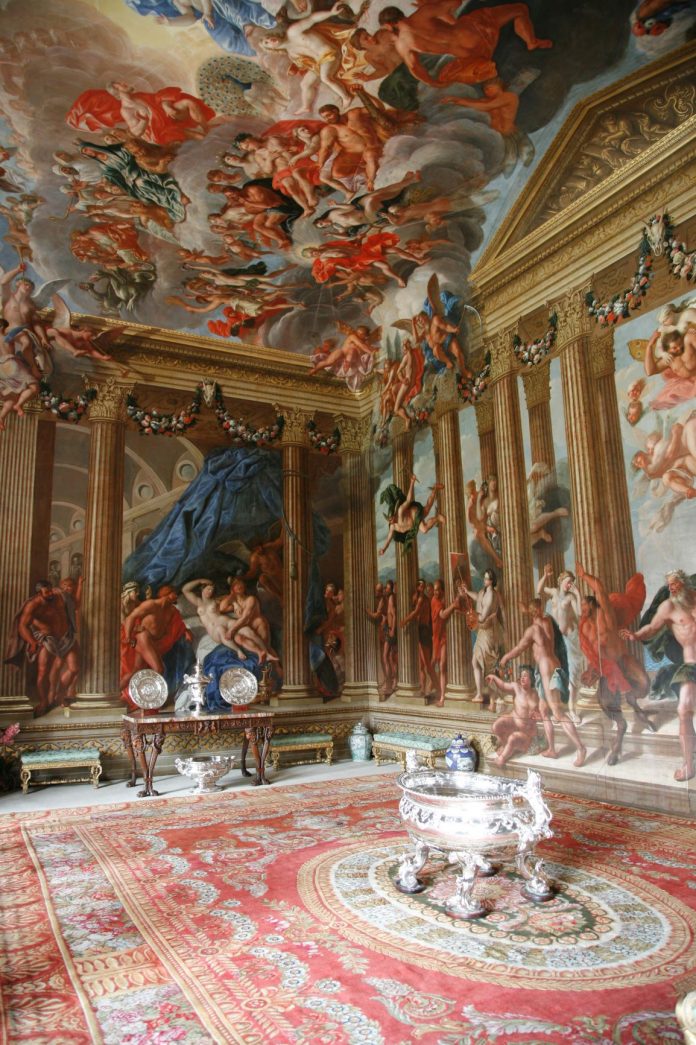




 © 2024
© 2024